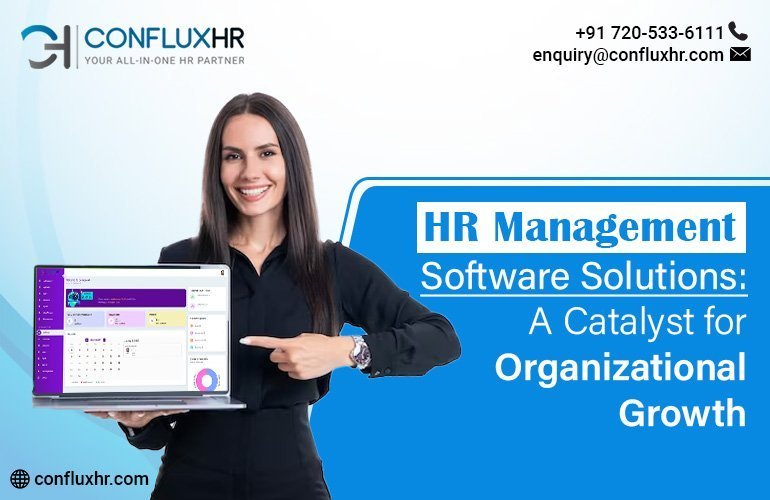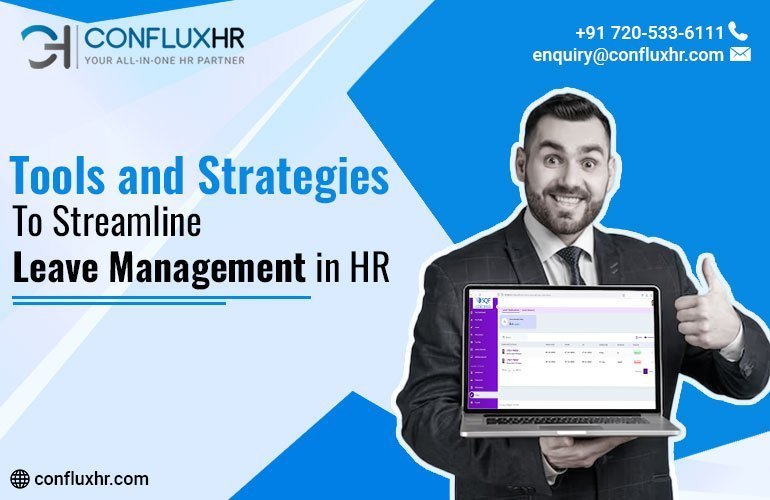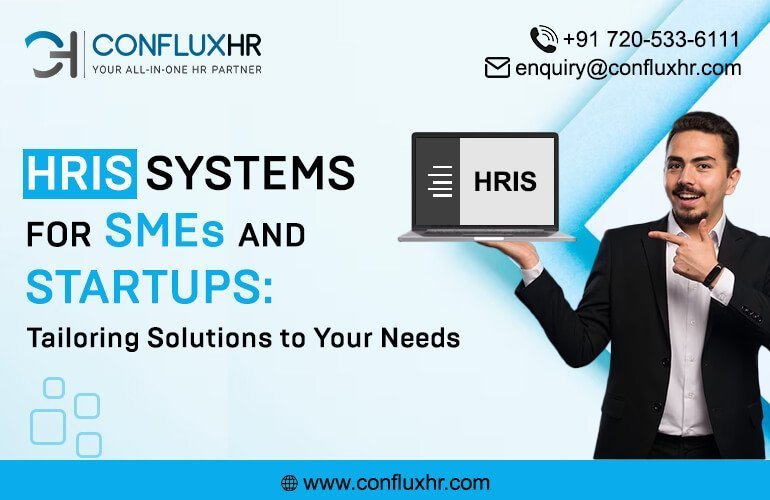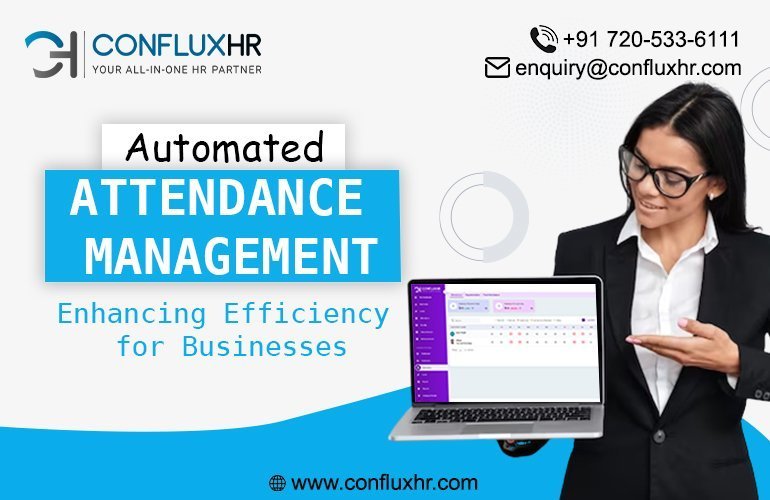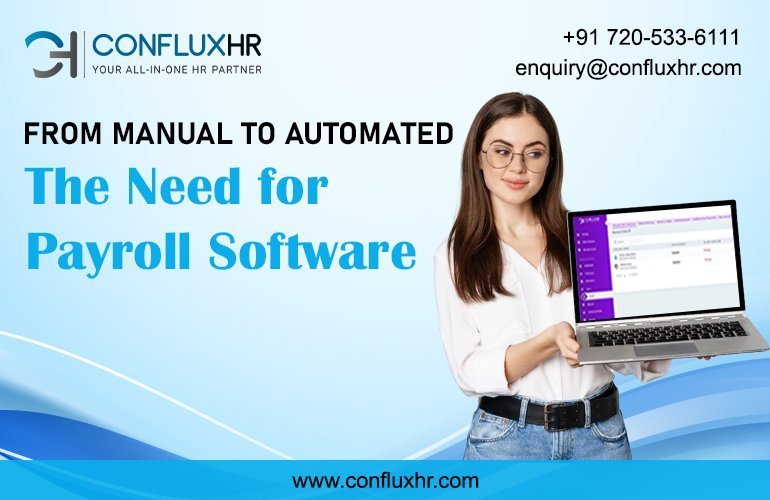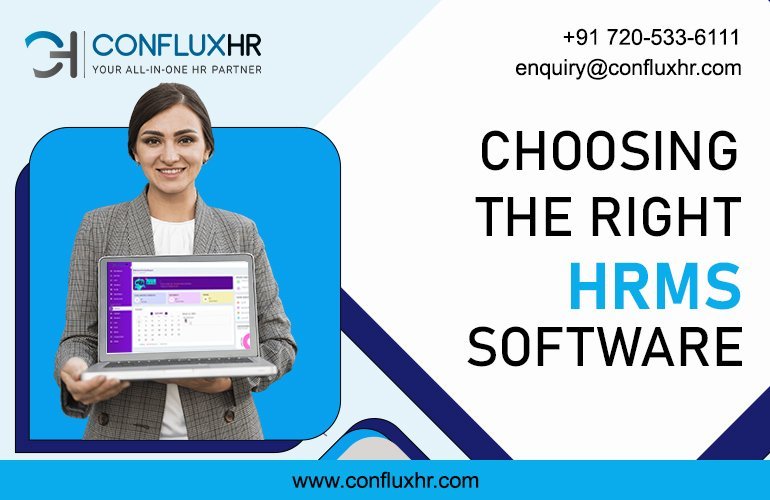In today’s fast-paced business landscape, effective Human Resources (HR) management is no longer a mere administrative task. It has emerged as a strategic imperative for organizational success. HR Management Software Solutions are a necessity in 2023.
As companies strive to achieve their goals and scale their operations, the role of HR has evolved from a support function to a key driver of growth.
This transformation is where HR Management Software solutions come into play, revolutionizing the way businesses manage their workforce and paving the way for remarkable organizational growth.
Unlocking Accuracy With HR Management Software Solutions
At the heart of every thriving business lies well-organized HR Management Software Solutions. Traditional manual processes can be time-consuming, error-prone, and hinder productivity.
Enter HR Management Application, a powerful tool that streamlines and automates essential HR functions.
From employee onboarding and record-keeping to leave and attendance tracking, these solutions eliminate the tedious paperwork, allowing HR teams to focus on strategic initiatives that propel the company forward.
Seamless Collaboration and Communication
In a connected world, seamless communication and collaboration are paramount. HR Management Software bridges the gap by providing a centralized platform where employees and HR teams can interact, share information, and address concerns.
Going further, whether it’s submitting leave requests, accessing company policies, or seeking assistance, the software fosters transparent and efficient communication, enhancing employee engagement and satisfaction.
Data-Driven Decision Making
Informed decisions are the cornerstone of growth. HR Management Software empowers businesses with actionable insights derived from real-time data.
From tracking employee performance and identifying training needs to analyzing turnover rates, the software equips HR professionals with valuable metrics to make strategic choices that optimize workforce performance and contribute to organizational growth.
Adaptable and Scalable Solutions
Startups and small businesses often face unique HR challenges as they grow. HR Management Application caters to these specific needs, offering scalable solutions that adapt as the organization evolves.
Additionally, whether you’re a budding startup or an established SME, the software provides customizable features to match your requirements, ensuring that your HR processes remain aligned with your growth trajectory.
Enhancing Compliance and Security
In an era of stringent regulations and data security concerns, HR Management Software acts as a safeguard for businesses. It ensures compliance with labour laws, data protection regulations, and industry standards.
By centralizing sensitive employee information and implementing secure access controls, the software minimizes the risks associated with data breaches and legal violations.
Empowering Organizational Success
HR Management Application has emerged as a catalyst for organizational growth. It offers a comprehensive suite of tools that empower HR teams to excel in their roles.
By streamlining processes, fostering communication, and providing actionable insights, these solutions enable businesses to harness their workforce’s full potential and drive remarkable growth.
As technology continues to evolve, embracing the power of HR Management Software becomes imperative for any organization seeking to thrive in today’s competitive landscape.
Conclusion
In the ever-evolving landscape of startups and SMEs, the right HR management software can be a game-changer. ConfluxHR, with its tailored leave, attendance, and payroll management features, stands as an ideal solution for these dynamic enterprises.
Seamlessly integrating essential HR functions, ConfluxHR empowers businesses to streamline operations, enhance employee engagement, and drive efficiency.
Going further, ConfluxHR offers a 30-day trial for a limited number of customers. Our platform provides a risk-free opportunity to experience its transformative impact.
Join the ranks of thriving startups and SMEs that are shaping their future with ConfluxHR. Additionally, embark on a journey of growth and success. Unlock your business’s potential with ConfluxHR’s comprehensive HR solutions. Start your 30-day trial today and witness the difference firsthand.


